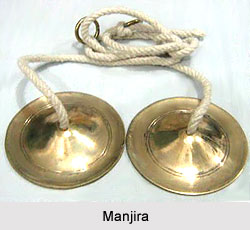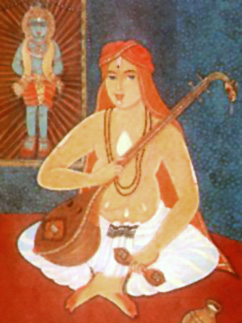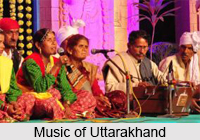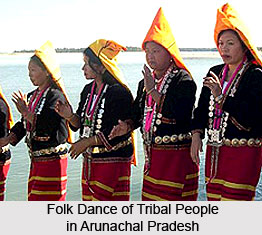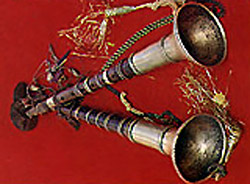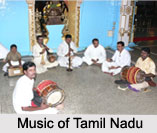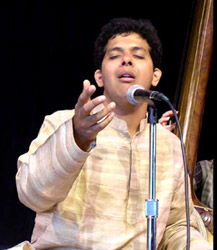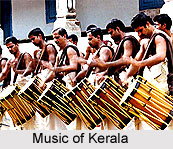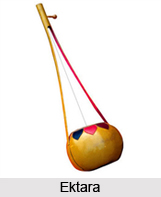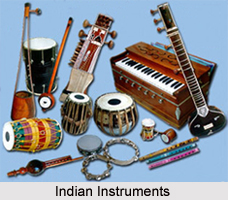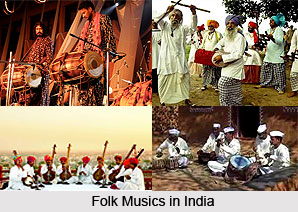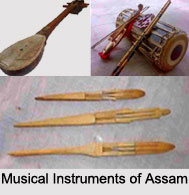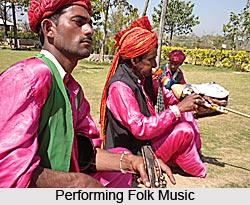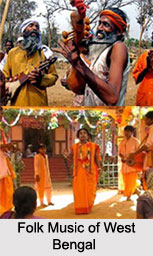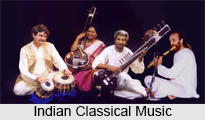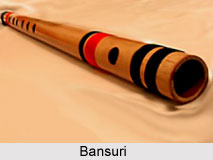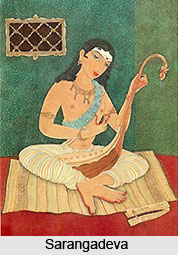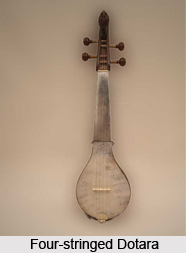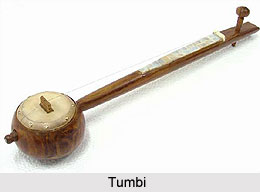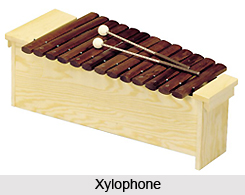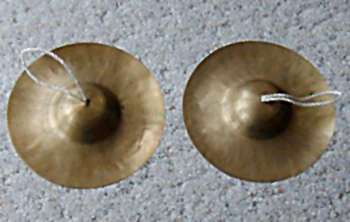 Plates are used to serve as instruments of percussion in musical performances. This is usually done by sounding or clashing two plates together. Clashing is the process wherein two similar objects, with flat surfaces, are brought together face to face. It is rare, except in the cases of well-made cymbals, to find instruments of definite pitch in this class. One of the simplest instruments of the clashed type is the Chekkaht (Telugu), Chittike (Kannada) or the Rai Gidgidi (Hindi-Braj). It is sometimes called the Kartala in south India. A pair of circular plates of about fifteen centimeter diameter made of hard wood, continuing into a handle each, forms the instrument. The pieces are held in one hand such that the index finger is inserted between them. One of the discs is struck onto the other with the base of the palm of the other hand.
Plates are used to serve as instruments of percussion in musical performances. This is usually done by sounding or clashing two plates together. Clashing is the process wherein two similar objects, with flat surfaces, are brought together face to face. It is rare, except in the cases of well-made cymbals, to find instruments of definite pitch in this class. One of the simplest instruments of the clashed type is the Chekkaht (Telugu), Chittike (Kannada) or the Rai Gidgidi (Hindi-Braj). It is sometimes called the Kartala in south India. A pair of circular plates of about fifteen centimeter diameter made of hard wood, continuing into a handle each, forms the instrument. The pieces are held in one hand such that the index finger is inserted between them. One of the discs is struck onto the other with the base of the palm of the other hand.
While the flat plates like the above are certainly indefinite in pitch, cymbals can be made and turned to such a fine degree that they do acquire a recognizable pitch. However, since they are rarely if at all, instruments for melody they are here included with the plates. Cymbals are musically definable as a pair of large or small concave bell-metal or brass plates. The two sections, similar in all respects, are clashed against each other. The collision may be face to face or rim to rim (tinkling), either vertically or horizontally. In shape they fall somewhere between a full cup (bells, etc.) and plain plates. Though they can be said to be roughly `concave`, the actual shapes are many. The simplest is just concave without any noticeable flat rim. Others have narrow or wide rims with a central deep concavity, the boss. Deep cup-shaped cymbals are also known. Further, the two parts may be tied together by means of string or held separately. In either case, there is a hole in the centre of the cymbals through which the thread passes. The general term for such idiophones is Tal or Talam. This is obviously related to the word and act of rhythm.
Often, even the word Kartal is employed. Indeed, any two pieces held in hands and clashed become a Kartal. The present author has seen in an interior village of Orissa a tribal using the bases of oil Drutais as a Kartal and even calling them so. The regional varieties are also many and so are the names. The instrument is not used in concert music, except perhaps with the Nagasvaram, but is an invariable rhythmic accompaniment to devotional music- Bhajan, Abhang, Devarnama, as well as in some forms of dance. In dance the Nattuvanar or the dance conductor employs it as his principal rhythm keeper.
The larger sized plates go under various names like: Brihattala Brahmatala and so on. Similarly, the Assamese Bortal is a big bronze cymbal slightly thin, but with a large boss. Indeed, these Brihattalas may have a diameter anywhere from 15 to 30 cm. They are also called Jhanj or Jhallari (Jhallara) in some parts of north India and the corresponding word in south India is Jalra. The smaller variety (about 7 cm in diameter) comprises the Manjeera or Tal (north India) and Tala or Kaajam (south India). Other types are the Elattalam and Kuzhittalam from Kerala; both are of bronze, about 12 cm diameter and half a centimeter in thickness. The former is more or less flat and the latter has a deep boss. The Tchechka and Thiski (Thiska) are rhythm keepers found among the tribes of Bihar and Madhya Pradesh.
Struck Plates
In the case of struck plates, a plate of metal is beaten with a rod, a mallet or the hand; that is, the two-parts of the instrument are not the same in shape and quality. The commonest is a bronze plate struck with a wooden rod, which may be a plain stick or hammer-shaped, and is used in tribal and folk music. The metal disc has usually a diameter of 20 cm. A general practice is to convert the plate used for eating food, as and when the occasion arises, into a musical instrument: hence the name thali for the instrument in the northern areas of the country (thali-plate). The methods of playing also vary. The names differ according to the region and language: Chenkala or Chennala (Malayalam), Semmankalam (Tamil), Jagte Orjagante (Kannada), Thali (Hindi), Ghadiyal (Rajasthani) and so on. While the plates generally seen are of fairly uniform thickness the Ghanto (Orissa) and Kansi (Bengal), for instance, are thicker in the centre than at the periphery, thus capable of giving out different tones.
Shaken Plates
The best known shaken plates are the Chimta, of Punjab and Haryana, or the Chimpia of Rajasthan and the Lezim of Maharashtra.
